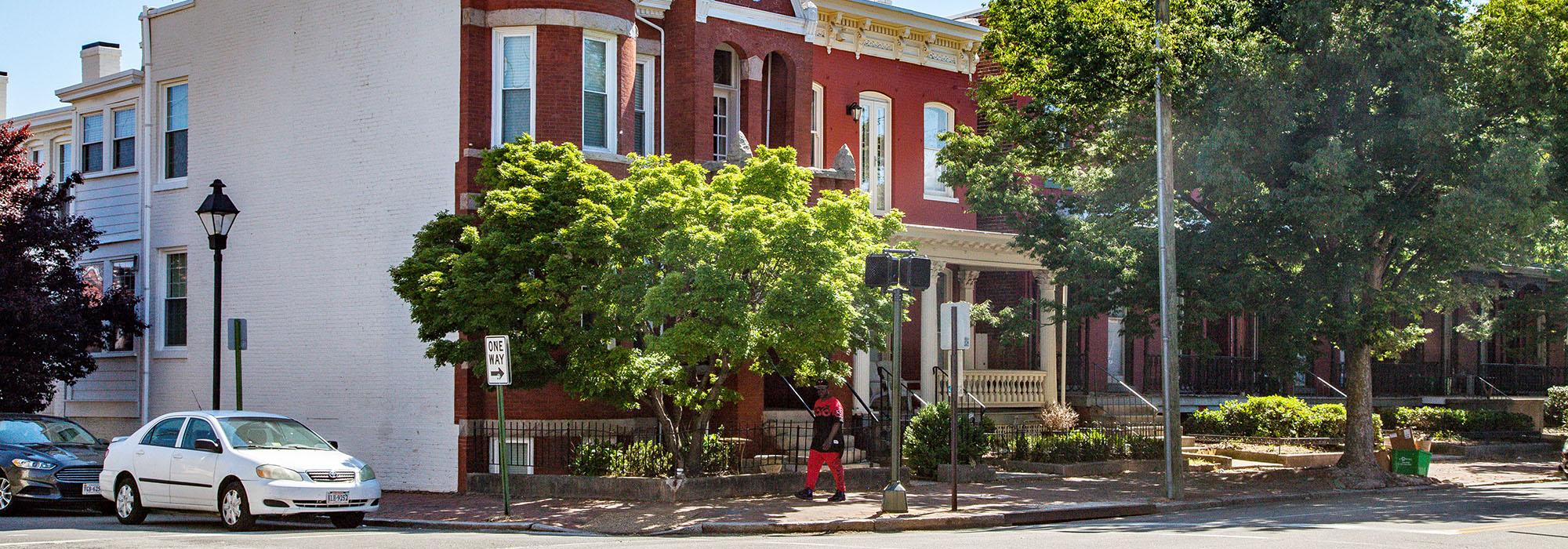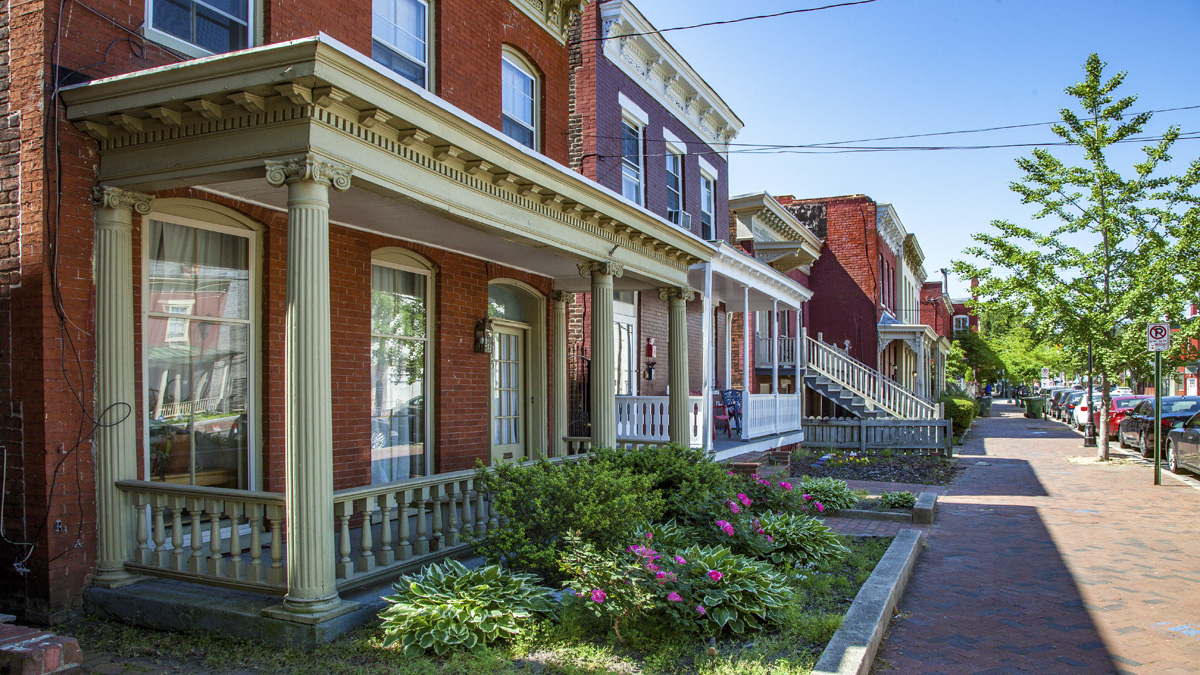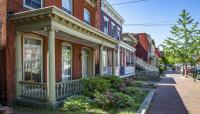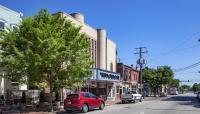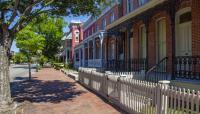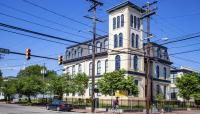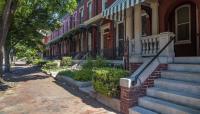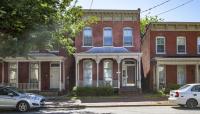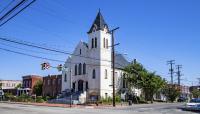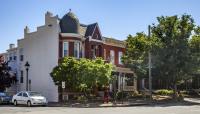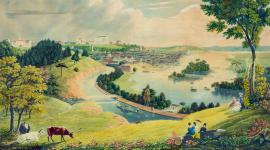Landscape Information
One of the most historically-intact neighborhoods in Richmond and significant for its role in African American cultural and economic development, this neighborhood includes 600 residences, several churches, and a number of commercial enterprises. Settlement of Jackson Ward began in 1793 as emancipated slaves constructed cottages on 100-acre lots north of downtown adjacent to townhouses occupied by European immigrants. By the mid-nineteenth century, the sparsely built neighborhood had witnessed substantial infill as the lots were subdivided and Greek Revival row houses were constructed, followed later by Italianate styles. By the 1920s, the neighborhood was a cohesive mix of residential and commercial structures featuring some of the city’s finest iron work.
The urban grid of Jackson Ward is bisected by the diagonal Brook Road, which traces the route of a former turnpike. Sidewalks are comprised of historic herringbone patterned brick and most streets are dotted with a scattered canopy of trees. A row of elms defines Clay Street, bordering Abner Clay Park, a four-acre neighborhood park with fields and playgrounds at the western edge of the community. The majority of the row houses are located on narrow lots with iron fences enclosing small, well-maintained front yards. Construction of an interstate in the 1950s and of the Richmond Coliseum in the 1970s has resulted in the destruction of the northern and eastern sections of the neighborhood, respectively. Nevertheless, Jackson Ward, listed in the National Register of Historic Places in 1976 and designated a National Historic Landmark two years later, retains a high degree of its historic character.



